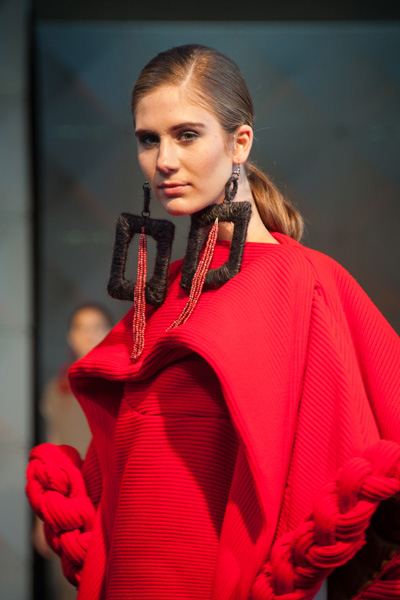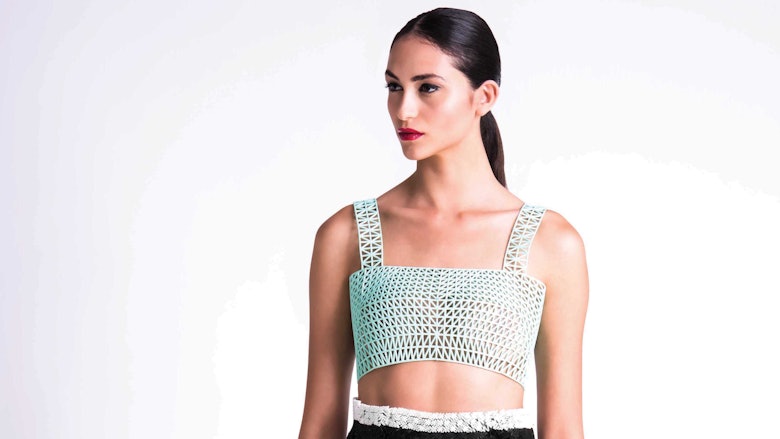Drexel ranked seventh in the United States on the list for Fashion Design on Fashion-Schools.org’s Top 50 list. It has been named one of the ten best schools in the country for fashion design since 2012.
Drexel’s Design & Merchandising program also ranked highly, coming in at no. 14 on the list ranking schools in the United States offering that major.

Allen Sabinson, dean, Westphal College of Media Arts & Design
“With well over 40 years of history, Westphal’s programs in Fashion Design and Design & Merchandising (D&M) have produced generations of talented designers and industry professionals who fanned out across the world, working in many of the world’s most well-known fashion and merchandising businesses.”
“You only need attend the annual Drexel Fashion Show to witness the lavish production staged by the D&M students featuring the exquisite designs of Fashion students and you’d know we have very special programs.”
Roberta Gruber, head, Department of Design, Westphal College of Media Arts & Design
“The Fashion Design and D&M programs often work in concert with each other as well as with other majors, forging many interdisciplinary initiatives. The two most popular are the annual student Fashion Show and the D&M Magazine.”
“Our programs stand out for a variety of reasons. Our excellent faculty who have industry experience and maintain valuable research and/or creative activities, a rigorous curriculum, a diverse student body, superior facilities, easy accessibility to cultural institutions and activities, study abroad opportunities, a focus on professionalism and experiential learning through Drexel’s co-op program all serve to stimulate creative thinking and doing.”
“Also, the Fox Historic Costume Collection is an outstanding resource as a teaching tool where students visit with faculty or on their own for inspiration.”
Lisa Hayes, program director, Fashion Design
“Drexel fashion students learn to master critical design skills while exploring a wide variety of opportunities within their field and beyond. We encourage a collaborative approach to design and research where students can experience a broad range of disciplines throughout the university.”
“Students are supported by accomplished faculty mentors and industry liaisons. Our diverse student body enjoys both a local and global approach to design thinking, as they work to solve design challenges for the future, with fashion as a catalyst.”
Catherine Fox Byers, program director, Design & Merchandising
“While there are more fashion merchandising programs in the United States, Drexel’s Design & Merchandising is a program that incorporates both the principles and aesthetics of design with sound industry practices.”
“Of course, Drexel’s co-op program sets ours apart from others, with students working for a full six months, broadening their value to employers and enriching their experience.”
www.queenieaustralia.com/orange-formal-dresses

![MANGO_Ramadan(2)[2]](https://fortunedotcom.files.wordpress.com/2015/07/mango_ramadan22.jpg?quality=80&w=1024&h=1436)

